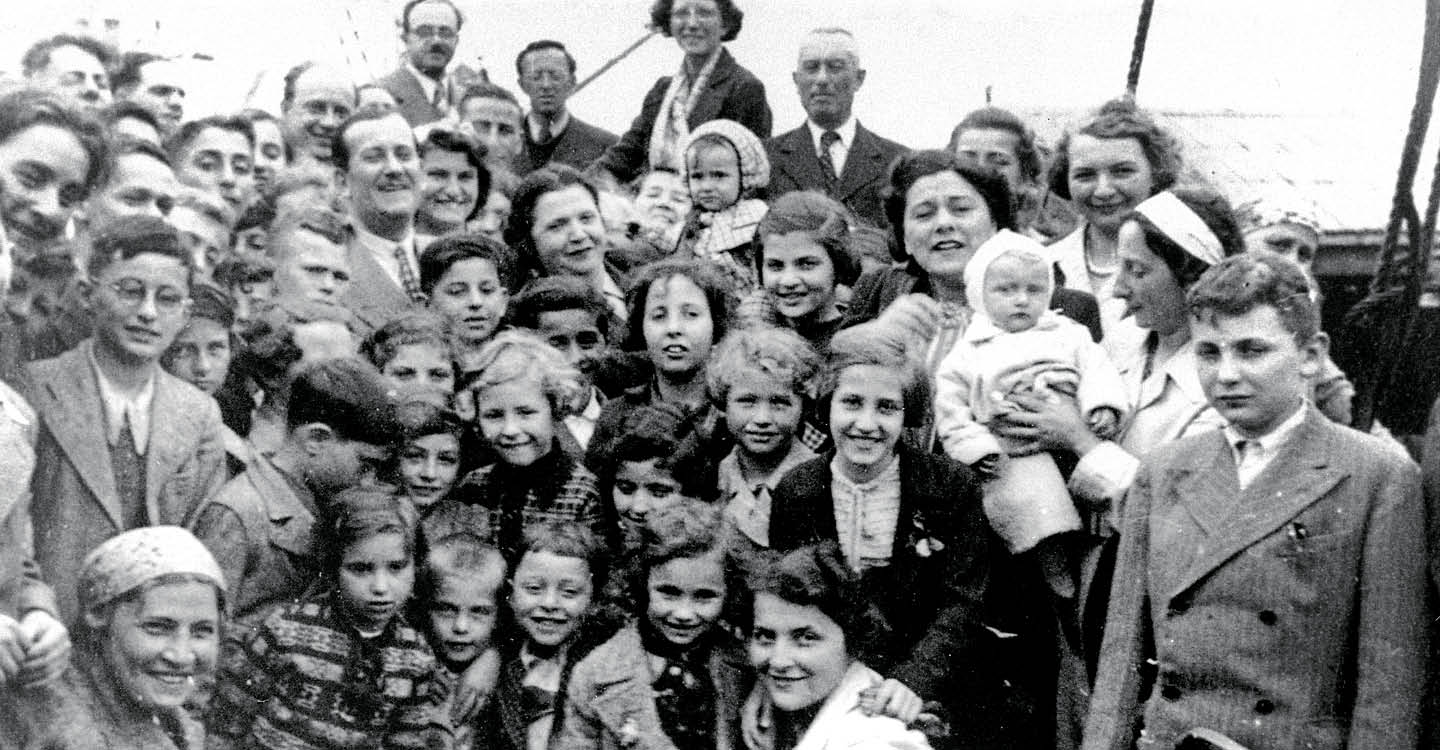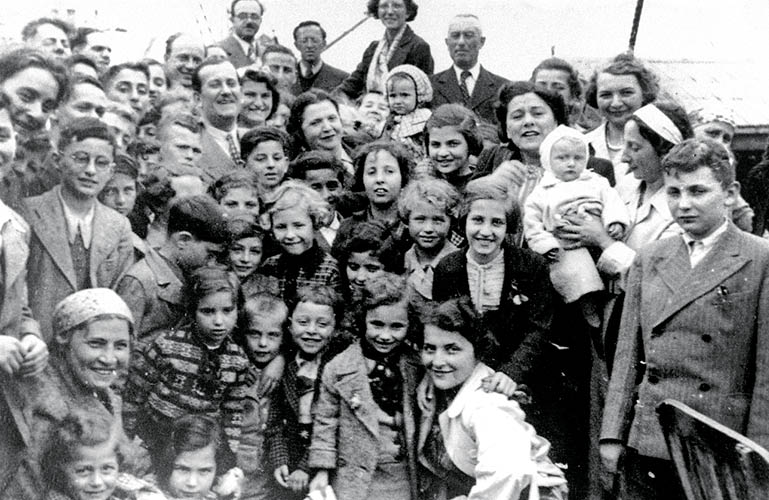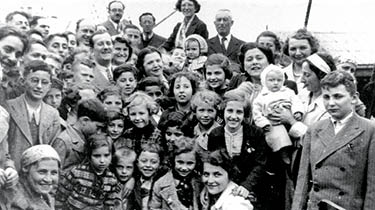All Ruth Zellner wanted was to get to shore. Looking out from the deck of the giant steamliner the St. Louis, the 18-year-old could see the bright lights and palm trees of Miami.
“I [wished] they would let us in,” Zellner recalled in a 1999 interview. “I wasn’t particularly interested in going to America. I was interested in staying alive.”
Zellner and her parents were among the 937 people—almost all German Jews—who’d boarded the St. Louis hoping to escape the forces of Nazi Germany and find safety elsewhere. The passengers had departed Hamburg, Germany, on May 13, 1939, en route to Cuba. Most had documents from the Cuban government that would allow them to stay there while they awaited visas to come to the U.S.
But when the ship arrived, the Cuban government had had a change of heart and prevented almost all of the passengers from disembarking.
Ruth Zellner was looking out from the deck of the giant steamliner the St. Louis. From it, the 18-year-old could see the bright lights and palm trees of Miami. All she wanted was to get to shore.
“I [wished] they would let us in,” Zellner recalled in a 1999 interview. “I wasn’t particularly interested in going to America. I was interested in staying alive.”
Zellner and her parents were among the 937 people aboard the St. Louis. Almost all passengers on the ship were German Jews. They had boarded the ship hoping to escape from Nazi Germany and find safety elsewhere. The ship departed Hamburg, Germany, on May 13, 1939, en route to Cuba. Most had documents from the Cuban government. These documents would allow them to stay there while they awaited visas to come to the U.S.
But when the ship arrived, the Cuban government had had a change of heart. It prevented almost all of the passengers from leaving the ship.



